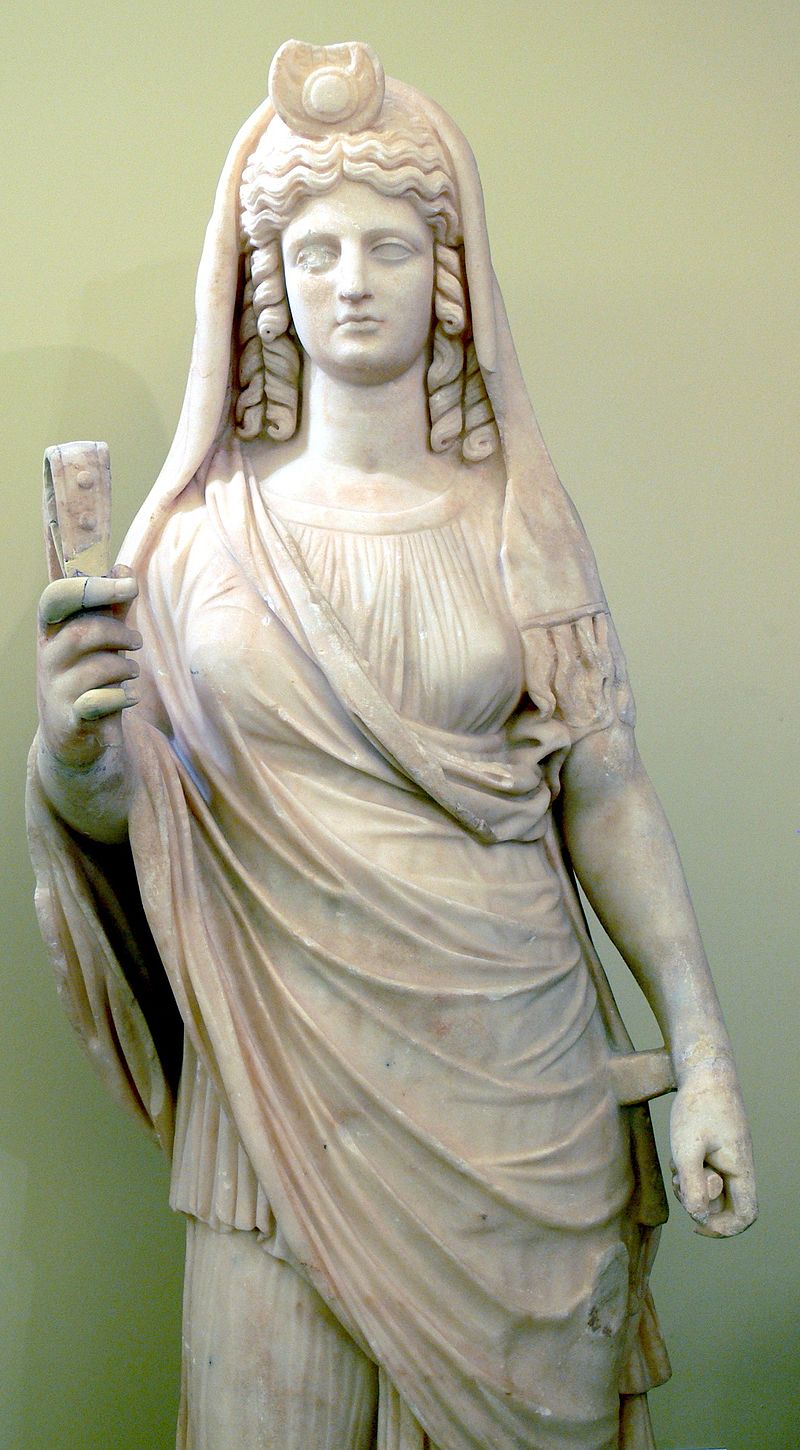Persephone
Persephone wasn’t simply a queen; she was a bridge between two worlds. Ruling alongside Hades in the dark underworld, she also embodied the vibrant spirit of spring growth. This duality – queen of the dead and goddess of life’s renewal – made her a fascinating and complex figure.

Residence: The Underworld and Mount Olympus
Symbols: Pomegranate, torch and flowers
Parents: Zeus and Demeter
Siblings: Aeacus, Angelos, Aphrodite, Apollo, Ares, Arion, Artemis, Athena, Chrysothemis, Despoina, Dionysus, Ilithyia, Enyo, Eris, Ersa, Eubuleus, Hebe, Helen of Troy, Hephaestus, Heracles, Hermes, Minos, Pandia, Philomelus, Plutus, Perseus, Rhadamanthus, the Graces, the Horae, the Litae, the Muses, the Moirae
Consort: Hades
Roman equivalent: Proserpina
Abduction of Persephone
A terrible silence fell upon the world when Persephone, daughter of Demeter, vanished. Hades, the enigmatic lord of the underworld, had spirited her away, leaving Demeter heartbroken and the earth barren. Her grief, a tangible force, choked the life out of the land, plunging the world into a harsh winter.

Faced with famine and despair, Zeus intervened. A compromise was struck: Persephone, having unknowingly consumed pomegranate seeds in the underworld, was bound to spend a portion of the year with Hades. This bittersweet arrangement forever linked her fate to the changing seasons. Her return to the world, a testament to the enduring power of life, signaled spring’s vibrant renewal. However, her descent back to the underworld marked the arrival of winter, a poignant reminder of the cycle of loss and rebirth that permeated all existence.
Art





